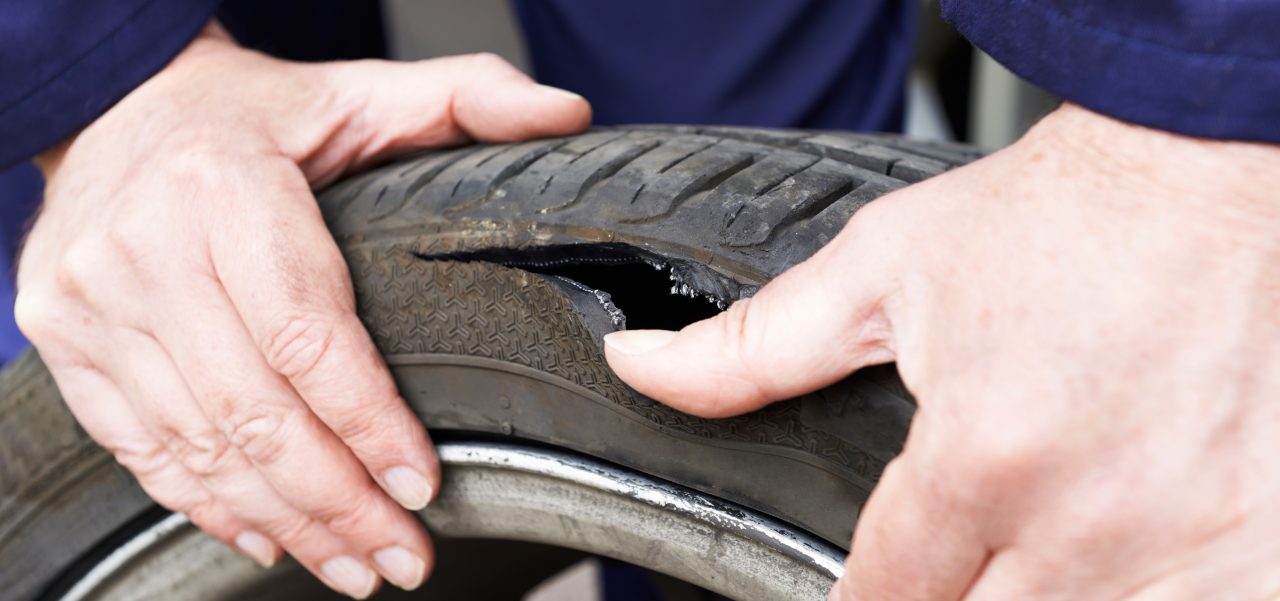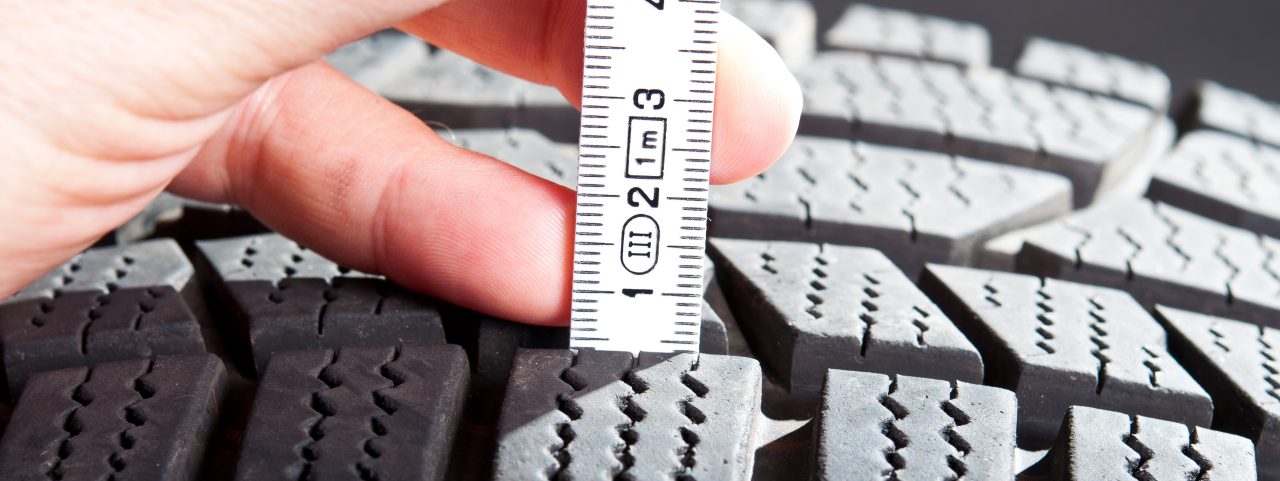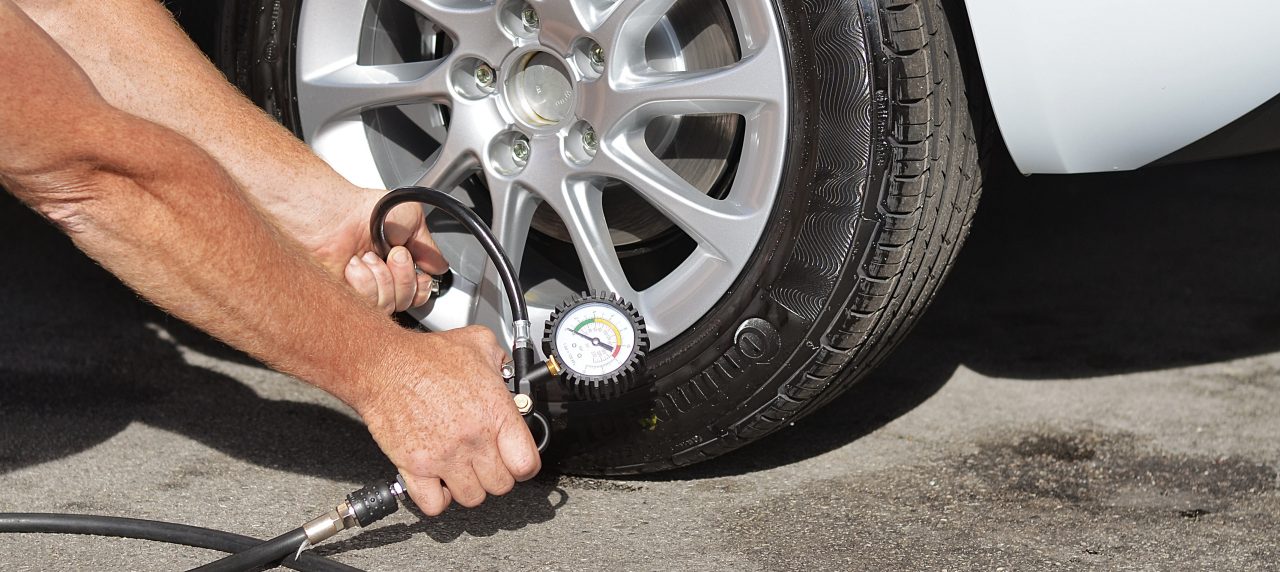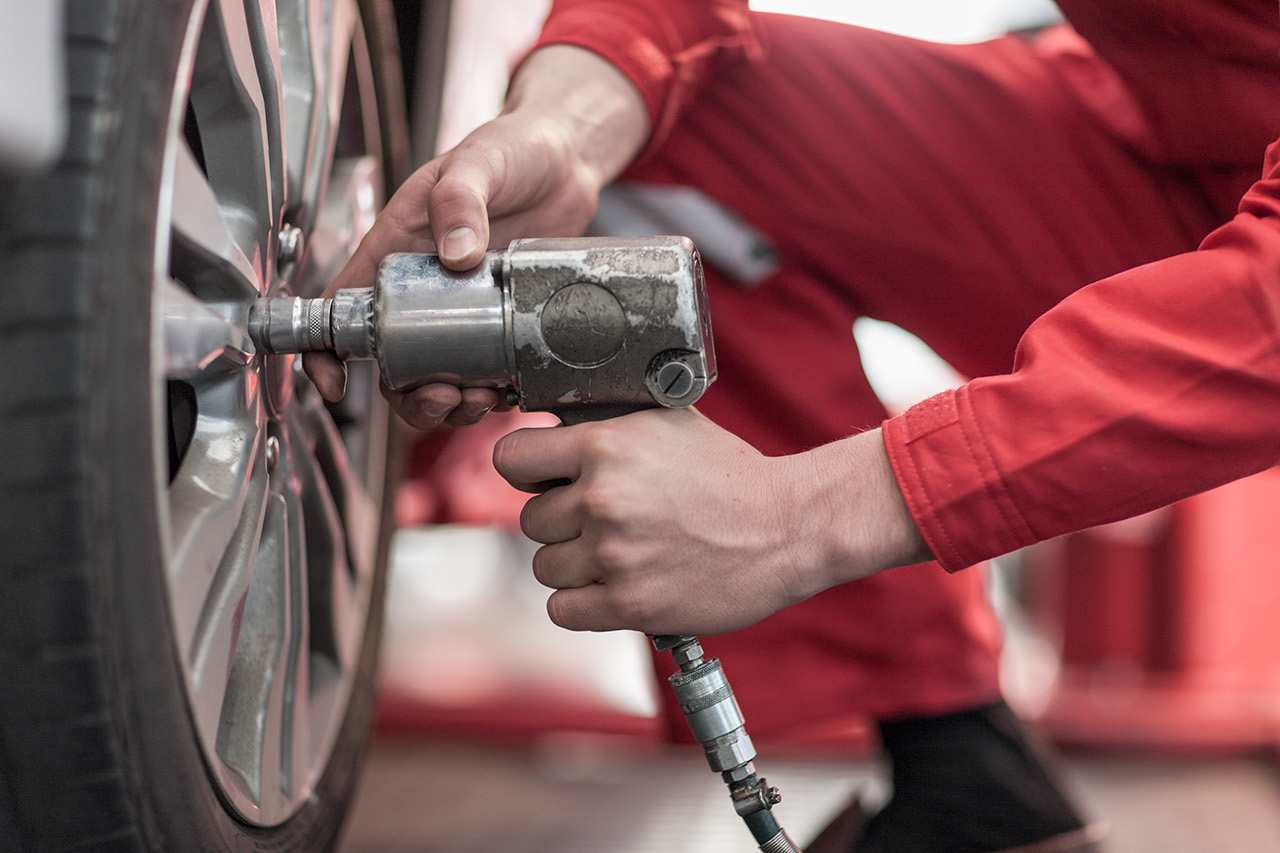
Visit Continental Tires in your country for local vehicle fitment
# Tire Damages and Age
Replacing tires
When to replace your tires: Your guide for safety and performance
How long will your tires last before you should replace them?
The answer depends on different factors such as your driving style, the tread design of the tire, regional climate, road conditions, and how frequently the car is in use.
Another factor is you, the driver. Just like with the rest of the vehicle, you have an essential role in the care and maintenance of the tires on your wheels; they will last longer the better you look after them. You're also responsible for deciding when it's time to replace worn tires with new tires.
Use the following guidelines to assess the point of maximum service life for your tires. If you still have questions beyond this article, try consulting a professional at your local tire dealer; they'll be more than happy to help.

Taking care of tires to extend their life
Continental builds and designs our tires to provide thousands of kilometers of excellent service. Achieve maximum benefit from your tires by taking care to avoid damage from improper use that may shorten their lifespan.
The conditions that you subject your tires to over the course of daily use – inflation pressure, load, speed, road hazard injury, and so on – are key to determining service life. So too, is regular rotation and proper storage of your tires. But since service conditions vary widely from car to car and driver to driver, to apply universal predictions on how long a tire will last is impossible.
However, you can be proactive and increase the longevity of your tire through proper maintenance. To avoid prematurely buying replacement tires, things to consider include:
- Checking tire pressure regularly
- Rotating evenly between the rear and front tires, left and right depending on tread pattern
- Maintaining proper wheel and axle alignment
- Checking treadwear (1.6 mm is the legal limit)
- Inspecting tires for visible wear or damage
- Paying attention to ride quality while driving

Checking for tire age
Here's a simple tip to determine the age of your tires; it's written on the sidewall! You can calculate the physical age of any car tire by examining the markings on the tire sidewall following the “DOT” symbol:
- The last four numbers denote the fabrication date of the tire to the nearest week.
- The first pair of these four numbers identifies the date of manufacture down to the nearest week (which range from “01” to “53”).
- The last pair of numbers specifies the year of manufacture.
For example, a tire with a DOT of XXXXXXX2714 has a manufacture date from the 27th week of 2014.

Some points to note about older tires
Be aware of the following when you inspect your sidewall markings:
- Tires produced before the year 2000 have three numbers instead of four to indicate the production date of the tire.
- In the 1990s, Continental added a triangle (◄) to the end of the character string. The reason for this is to distinguish a tire built in the 1990s from one fabricated in previous decades.
As an example, a tire with the information “DOT XXXXXXX274◄” was manufactured in the 27th week of 1994.
How many years will tires last?
Continental is not aware of any technical data to support the removal of service for tires past a specific age. But the same principle applies to the tires of your vehicle as it does for any other part of your car – age matters.
Together with other members of the tire and automotive industries, Continental advises that all tires (including spare tires) made more than ten years ago should be removed from service and replaced with new tires.
You should follow this advice even if:
- The tires seem to be in good condition and appear usable based on their external appearance.
- The wear to the tread has not passed the minimum legal limit.
In short, even though a tire older than ten years might seem fine for driving, we still recommend getting new tires for your car. Drivers cannot depend on visual inspection for rubber cracking, wear to the tread, or other signs of deterioration from age. While tires may appear perfectly functional, their age is a factor for replacement.
Some vehicle manufacturers may recommend a different chronological age at which to replace a tire. Such guidance comes from their understanding of the specific vehicle application; Continental recommends drivers to pay heed to these instructions.
In any case, most tires will likely need replacement for worn treads or other causes before any recommended removal period. At the same time, a stated removal period in no way alleviates the drivers’ responsibility to replace worn tires when necessary.
Do I need analignment after replacing tires?
An alignment is a smart follow-up to replacing your tires, ensuring optimal performance. The benefits of a proper alignment include:
- Enhanced tire longevity: Aligning your wheels ensures even tire wear, maximizing the lifespan of your new tires.
- Improved fuel efficiency: Correct alignment reduces rolling resistance, allowing your vehicle to move more efficiently and use less fuel.
- Increased vehicle safety: The right alignment enhances the handling and stability of the vehicle, contributing to a safer driving experience.
How often should I replace SUV tires, and how do I know when it’s time?
Replace your tires at least every 10 years. If you own a 4X4 SUV, chances are you take it off-road at least occasionally. As you traverse through mud, snow, rocks or steep inclines in extreme temperatures, the elements can eventually cause damage, especially if you’ve had your tires for a few years. However, if a puncture occurs on or near the sidewall, you will need to replace the tire immediately.
If you’re worried about getting caught in the middle of nowhere with a flat tire, consider getting self-supporting run-flat tires or self-repairing ContiSeal tires that allow you to continue driving in the event of a puncture.
Tread wear is also a major factor to consider when replacing your tires. If you have an on-road SUV with a tire tread depth worn down to 1.6 mm, it’s time to get new tires.
Please consider that safe driving in wet and snowy weather conditions is affected by the tread depth, the pattern design and the rubber compound of the tread of your tires. On wet or snow-covered roads, braking performance will progressively decline with lower tread depths. On wet roads, there is an additional increased risk of aquaplaning with fading tread depths.
If you notice patches of uneven or abnormal wear across your tire, this may indicate that there is a mechanical problem with your vehicle. Some common issues include improper wheel alignment, a drawback with wheel balance, or an uneven suspension or transmission. Unfortunately, each of these will impact the performance of the tire, no matter what kind of SUV you have. If you feel you're losing traction while driving and notice uneven wear, have your tires and your car checked by a professional.
If it’s not a mechanical problem causing abnormal wear, there’s a good chance that you’re driving with the wrong tire pressure. If you notice wear on both shoulders of the tire, it’s most likely underinflated. And if the wear is along the center of the tire, it’s most likely over-inflated. As a rule of thumb, check your SUV tire pressure ideally every 2 weeks or at least once a month. No matter if you have summer, winter, all-season, 4X4, or all-terrain tires, they all need the correct amount of air.

Can I replace my tires with a different size?
To ensure balanced handling, traction and wear, it is recommended that the same size and type of tire is used on all four wheels. Stick with the same construction as well: Most passenger vehicles today use radial tires – where the cord layers run perpendicular to the direction of travel –, so all replacement tires for these cars should be of this construction type.
Also follow the manufacturer guidelines: Some vehicles are designed to be equipped with different tire sizes on the front and rear. Always check your car’s owner's manual to confirm what is correct for your specific vehicle.
Should I replace all four tires at once?
While it’s possible to switch out only one or two tires at a time, we strongly recommend replacing all four tires at the same time for optimal safety and performance. Replacing only a single tire can impact vehicle suspension or transmission and produce excessive wear on the tire tread. However, if you’re replacing only one tire, ensure it has the same or similar tread pattern as the other tire on the same axle. Otherwise, pair the single replacement tire with the one that has the deepest tread depth, then fit both to the rear axle. Mixing opposite tread patterns will impair the handling characteristics of your car. If you’re unsure of how to replace a single tire, ask your local tire dealer, they’ll be happy to help.
Related content
-
 2025/05/20Tires can become damaged, and it can happen without the driver realizing there's an issue. We explain the signs and symptoms to help diagnose the problem.Tire damagesRead more
2025/05/20Tires can become damaged, and it can happen without the driver realizing there's an issue. We explain the signs and symptoms to help diagnose the problem.Tire damagesRead more -
 2024/09/20Want to repair a tire puncture? Drivers must know whether a repair on a flat tire is legally permissible, or whether they have to buy a new tire instead.Tire repairRead more
2024/09/20Want to repair a tire puncture? Drivers must know whether a repair on a flat tire is legally permissible, or whether they have to buy a new tire instead.Tire repairRead more -
 2024/09/20When you're ready to dispose of your old tires, it's time to recycle them. Many tire dealers will recycle your scrap tires for you when buying a new set.Disposing of tiresRead more
2024/09/20When you're ready to dispose of your old tires, it's time to recycle them. Many tire dealers will recycle your scrap tires for you when buying a new set.Disposing of tiresRead more